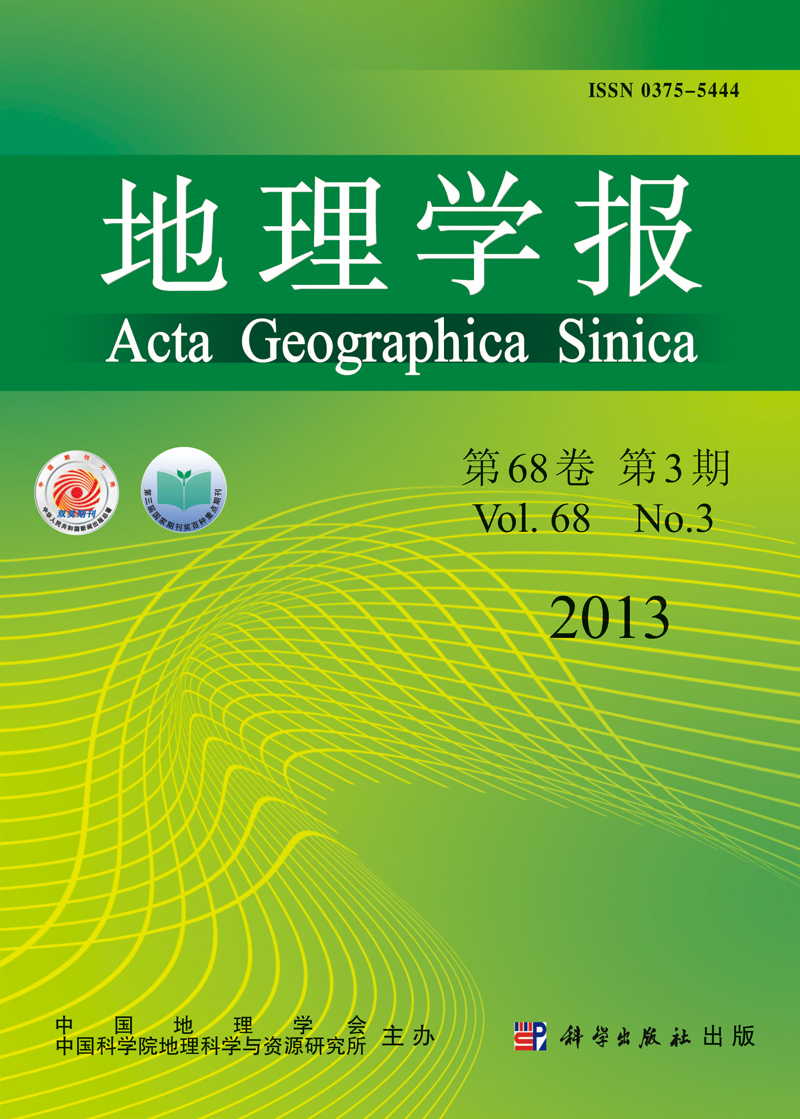HU Fangen, LI Zhizhong, JIN Jianhui, ZHAO Qian, ZHANG Hui, WANG Xianli, XIA Jing, CHEN Xiuling
Grain size characteristics of the coastal aeolian sand and their chronology potential could greatly improve the interpretation of past environmental changes and provide valuable information on the past aeolian activities. However, lacking of direct dating methods, domestic scholars mainly focus on the distribution, grain size characteristics and geomophogensis to the coastal aeolian sand research. In this paper, quartz single aliquot regenerative optically-stimulated luminescence (OSL) dating with high resolution sampling was firstly applied to coastal aeolian sand in China for the Anshan (SHA) section (24°36′32.7″ N, 118° 39′ 20.3″ E) near the Anshan archaeological site along the Jinjiang coast, southeast Fujian. Through grain-size analysis, we assume that the SHA section demonstrates typical coastal aeolian sand characteristics, and affected by the blowout and chemical weathering after coastal sand deposited, the grain size parameter and content of different sizes of fraction have a large change, the grain size become coarser, the sorting for worse. The OSL ages of the 11 samples range from 839±132a to 108±21a show that SHA section formed in nearly 1000 years, and three periods of coastal aeolian sand activity can be divided, AD1050-1300, AD1470-1600 and AD1720-1950 respectively. Especially during the little ice age (LIA), coastal aeolian sand activity is strong, the development of coastal dunes sand is prevailing, and the OSL age shows that the coastal aeolian sand deposition represents a multiphase and episodic feature. We discuss the main controls of coastal aeolian sand development in the research area based on the OSL chronology. Compared with East Asian monsoon change sequence and the history of typhoon landfalls in Fujian, the result shows that the main control is the intensity of East Asian winter monsoon, but not the precipitation, typhoon landfalls and sea level change. The phase of aeolian activity mainly corresponds to the stronger East Asian winter monsoon period, but over the last half-century, the weakened aeolian activity may be due to human activities on a large amount of mining sand beside a weakened winter monsoon.
